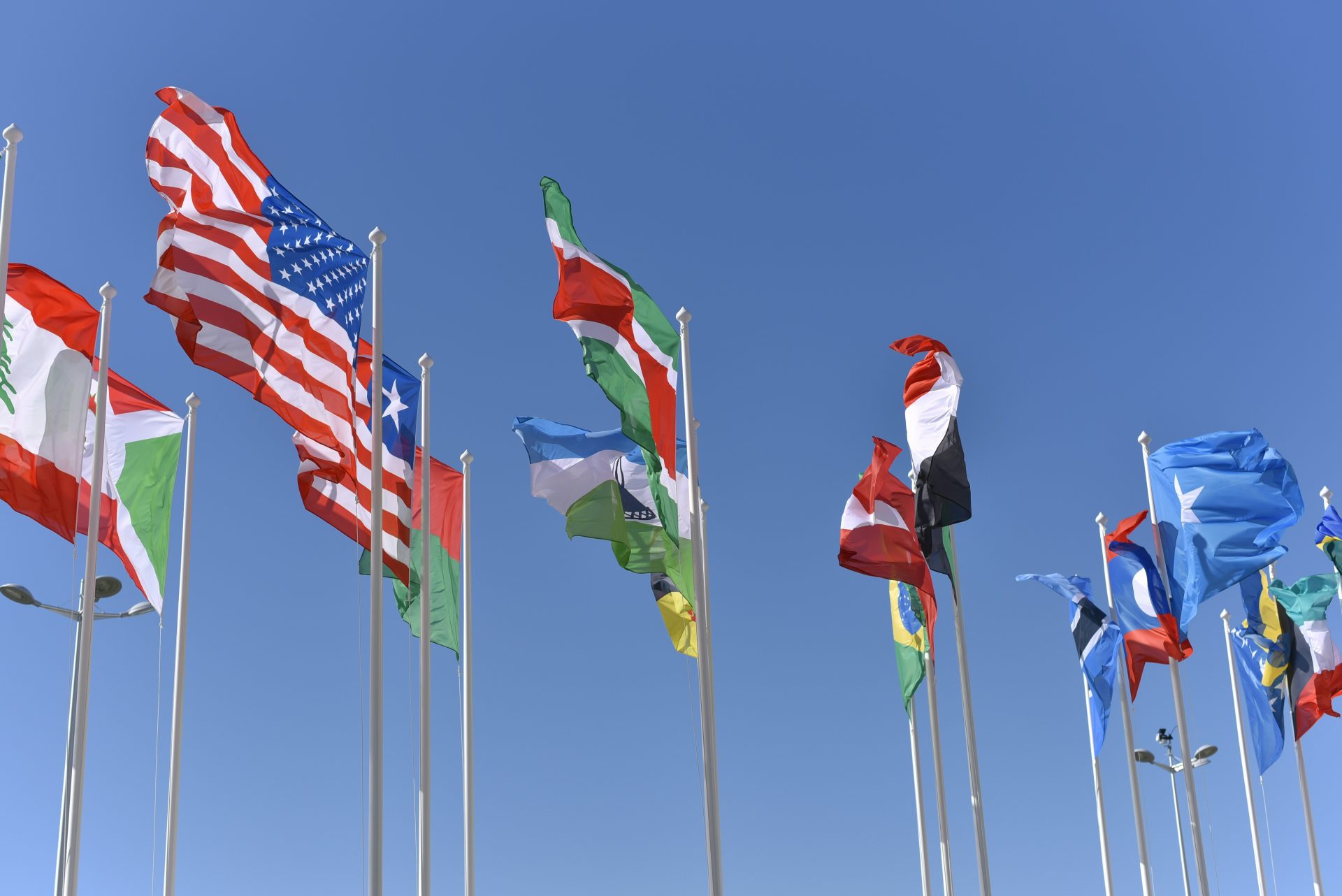Why the Evolution of Cities Should Matter to You
“The city is not the problem. The city is the solution.” — Jaime Lerner
Cities are not static structures; they are living organisms in a constant state of transformation. In the earliest evolutionary stage—City 1.0—communities rely directly on local natural resources, with little to no access to structured supply chains or industrial processes. This phase is marked by subsistence economies, grounded in rudimentary agriculture, hunting, and fishing.
Social relations are informal and communal, with everyone knowing each other personally. However, formal institutions for governance, public safety, or defense are absent, leaving these populations highly vulnerable to external threats. Mobility is limited to basic means such as walking, animal transport, or rudimentary bicycles and motorcycles. The lack—or complete absence—of basic services, especially in education and healthcare, perpetuates socioeconomic fragility. A prime example would be the Yanomami tribes in the Amazon.
The second evolutionary stage, City 2.0, emerges when an organized institution—religious, monarchical, or state-based—begins to exert control over the community. At this stage, basic governance mechanisms are introduced, including tax systems, organized military presence, electoral or appointed leadership, and the nascent development of structured supply chains.
By integrating into larger entities, communities expect reciprocal benefits such as internal and external security, legal frameworks, and mechanisms for conflict resolution. A historical example is found in medieval European villages, which evolved around feudal or religious centers that offered military protection and a semblance of stability in exchange for tribute.
The intermediate stage, City 3.0, is characterized by deep economic and social specialization. Notable examples include Hollywood for its film industry; Detroit, historically a powerhouse in automobile manufacturing; Cambridge, celebrated for academic excellence; Silicon Valley, a global benchmark in technological innovation; and Bonito in Brazil’s Mato Grosso do Sul, known for agribusiness and ecotourism.
What makes these cities unique is the intricate architecture of their ecosystems, composed of universities, investors, specialized R&D centers, legal institutions, highly skilled human capital, globally relevant events, and robust integrated supply chains. The complexity of these ecosystems is precisely what makes them difficult to replicate elsewhere.
When multiple urban specializations converge within a single metropolis, the phenomenon of City 4.0 emerges—often referred to as “supercities” or “cities that never sleep.” São Paulo, with its 12+ million inhabitants, New York, and Shenzhen are prominent examples.
These cities boast highly developed infrastructure—major hospitals, prestigious universities, sprawling shopping centers, diverse commercial and culinary networks—but also face complex challenges such as immigration, traffic congestion, and deep-rooted social issues.
Managing this complexity necessitates the intensive integration of advanced technologies, including Big Data, Artificial Intelligence (AI), the Internet of Things (IoT), intelligent traffic systems, and integrated command and control centers. A tangible example is Shenzhen’s smart public safety and traffic management system, which significantly reduces congestion and enhances emergency responsiveness.
Before delving into the advanced concept of City 5.0, it is vital to understand the role of Autonomous Governance Experimental Zones (ZEGA). These are micro-cities that serve as true social and political laboratories, established under special concession regimes that allow for autonomous experimentation with alternative governance structures at a manageable scale.
In these controlled environments, it becomes feasible to test innovative democratic models—such as advanced popular voting systems and participatory budgeting—alongside disruptive technologies like Decentralized Autonomous Organizations (DAOs). DAOs operate via smart contracts, ensuring full transparency in the registration of assets and citizen-government interactions.
The primary advantage of these zones lies in their ability to trial new regulatory and administrative models before scaling them, bringing public management closer to a scientific paradigm and reducing ideological bias. Similar approaches have yielded success in China, notably in Shenzhen’s Special Economic Zone.
The most advanced stage in this urban evolution is represented by City 5.0, whose central purpose is the scalable, systematic eradication of poverty—essentially industrializing the process. Unlike previous stages that evolve organically, City 5.0 is purposefully planned, designed, and constructed to resolve specific social challenges in an integrated, efficient, and sustainable way.
Drawing inspiration from Moore’s Law—which predicts the periodic doubling of microprocessor capacity—City 5.0 proposes the “PRIME Law,” which forecasts the average reduction in the cost of lifting a citizen out of poverty. This transforms private investment in social programs into a lower-risk, more attractive proposition.
Each new City 5.0 builds upon the accumulated knowledge of its predecessors, making every subsequent project smarter, more effective, and economically compelling.
To coordinate and accelerate this global movement, the PRIME Society is proposed: a private, nonprofit regulatory entity dedicated to developing international standards, tools, and best practices in urban and social governance. Acting as a global knowledge hub, the PRIME Society enables countries to learn from one another, optimize collective outcomes, and significantly accelerate social and economic progress.
City 5.0 thus transforms the solution to urgent social issues—like poverty eradication—into a viable strategy for sustainable investment. The result benefits not only the directly impacted citizens but also creates measurable economic and social value for society at large, strengthening its socioeconomic fabric.
Encourage your local political representatives—mayors and city council members—to urgently explore and implement the City 5.0 model in your municipality. Doing so can foster social innovation, inclusive economic growth, and a profound transformation in citizens’ quality of life.
Have questions, suggestions, or feedback for the author? Connect via LinkedIn.
On May 28, Prime Society will hold the first event, ‘City 5.0 – When Poverty Eradication Becomes Good Business,’ in São Paulo to kickstart a transformation and put an end to a problem that has haunted Brazil for centuries.



